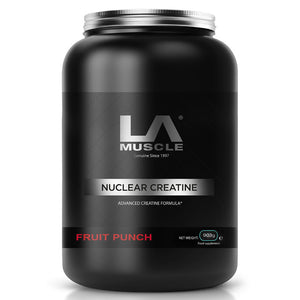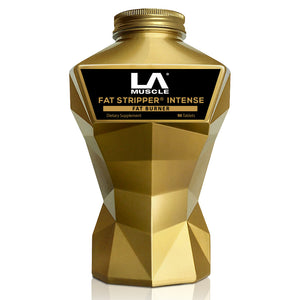For decades, the cornerstone of strength training has been a simple formula: reps, sets, and weight. Personal trainers and fitness enthusiasts alike have preached the gospel of progressive overload, stressing the need to meticulously count repetitions, structure sets, and continually increase weight. However, emerging evidence suggests that these factors might not be as crucial as previously believed. Let's delve into this new perspective and explore what really matters for your fitness journey.
The Traditional View
Traditionally, the fitness community has emphasized the following:
- Reps (Repetitions): The number of times you perform a specific exercise in one go.
- Sets: A group of consecutive repetitions. Typically, one would perform multiple sets of an exercise.
- Weight: The amount of resistance used in an exercise, be it bodyweight, dumbbells, barbells, or machines.
The conventional wisdom has been to adjust these variables to achieve different goals:
- Strength: Low reps (1-5), high weight, multiple sets.
- Hypertrophy (muscle growth): Moderate reps (6-12), moderate weight, multiple sets.
- Endurance: High reps (15+), lower weight, multiple sets.
Emerging Evidence: Quality Over Quantity
Recent studies are shifting the focus from the sheer number of reps and sets or the amount of weight lifted to the quality of the workout. Here are some key insights:
1. Muscle Activation and Time Under TensionNew research emphasizes muscle activation and time under tension (TUT) as crucial factors. It's not just about lifting heavy weights but engaging the muscles effectively and maintaining tension throughout the exercise. This approach ensures that the muscles are working hard, regardless of the weight used.
2. Mind-Muscle ConnectionThe concept of the mind-muscle connection is gaining traction. This involves focusing intently on the muscle being worked, ensuring it is fully engaged during the exercise. Studies have shown that this mental focus can significantly enhance muscle activation and growth, often more than simply lifting heavier weights or increasing reps.
3. Volume and Frequency Over IntensityWhile lifting heavier weights with fewer reps is a traditional strength-building technique, recent findings suggest that overall volume (total amount of weight lifted over a session) and frequency (how often you train a muscle group) are more important. Consistent, moderate-intensity workouts might be more effective for muscle growth and strength than sporadic, high-intensity sessions.
Practical Takeaways
1. Prioritise Form and ControlInstead of focusing solely on the numbers, pay close attention to your form and control. Slow, deliberate movements with proper form can lead to better muscle activation and growth.
2. Use Varied TechniquesIncorporate techniques such as drop sets, supersets, and circuit training. These methods can keep your muscles guessing and promote growth without the need to constantly increase weight or reps.
3. Listen to Your BodyYour body’s feedback is invaluable. If you're not feeling the burn in the targeted muscle, you might need to adjust your form, change the exercise, or focus more on the mind-muscle connection. Pain and discomfort should not be ignored; they are signs that you may be overdoing it or using improper technique.
4. Consistency is KeyConsistency trumps intensity. Regular, well-rounded workouts are more beneficial than infrequent, high-intensity sessions. Aim to train each muscle group multiple times a week with adequate rest in between.



























